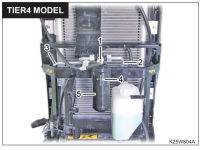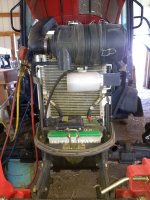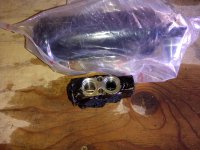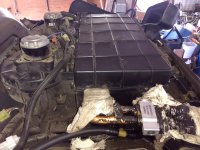Cougsfan
Veteran Member
- Joined
- Sep 10, 2008
- Messages
- 1,647
- Location
- Eastern Washington State
- Tractor
- Ferguson TO35, Branson 4720CH
It is a 2017, It has the low ceiling, right before they made it higher.
I didn't tear them apart, but I think the block valves are just bulkhead fittings. They don't restrict flow in either direction.
I will work on your other two items. In fact I will take several pictures.
I didn't tear them apart, but I think the block valves are just bulkhead fittings. They don't restrict flow in either direction.
I will work on your other two items. In fact I will take several pictures.



